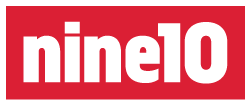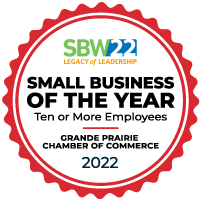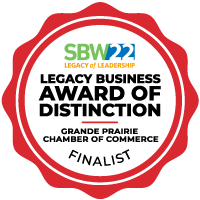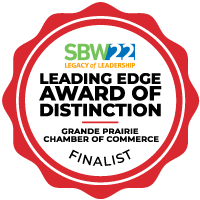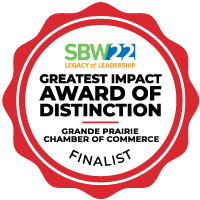Landing page design is to websites what AdWords is to an advertorial spread. It is all about focusing down to the bare essentials of what will convert a shopper into a buyer. To get the kind of focus you need to develop a high converting landing page, imagine that every single pixel on the screen costs $1,000 to use. Then you will have the right mindset for developing a successful landing page.
With so little space available—both on the screen and in your customer’s attention span—how do you maximize your Return on Pixels (ROP)?
Credibility indicators.
When there is a constraint on the time available to build rapport, credibility can mean the difference between smashing success and abysmal failure. A customer must believe in you and your message in order to continue to the next step in your sales funnel.
Here is a simple way to break down the different types of credibility indicators you can use.
Beg, Borrow, and Steal
Beg
Ask for the customer’s trust by displaying that you are for real.
- Value proposition
- Photos of you, your product, your store, etc.
- Social media
- Address and contact details
As you can probably guess, begging is the most difficult form of building credibility. This is simply saying that you are real and asking the customer to take your word for it. It is a foundation for credibility and can quickly be cemented by Borrowing and Stealing.
Borrow
Borrow credibility from somebody who already has it.
- Brand association
- Certifications
- Testimonials
- Endorsements
Once you are done begging, borrowed credibility is often the fastest track to success. Displaying big brand logos, endorsements by celebrities, and testimonials can instantly build customer trust. As soon as you add a face that has a best-selling book or TV appearance attached to it, you can bet your demand and sales will skyrocket. Appearance on Dragon’s Den or Shark Tank, anyone?
Steal
Steal from yourself to earn customer trust.
- Risk eliminators like free trials and guarantees
Stealing is greasy business. And that grease helps the customer have a pleasant slide down your sales funnel.
10 Credibility Indicators You Can Use to Improve Conversion Rates:
1. Professional design
Any scam artist can set up a hoakey website for free. A clean, professional and well designed page instantly sets you apart from the fly-by-nights.
2. Photos
Seeing is believing. Great quality photos of your product, office, and customers build trust. Consultants, professionals and salespeople should also have photos of themselves and their team. (P.S. Stop making excuses about being shy. If you don’t have the confidence to put your photo on your website, you don’t have the confidence to be a great salesperson.)
3. Contact Information
Would you hire a $100,000 consultant with only a hotmail address on their website? Probably not. Customers need to know you are for real, so show them a street address and full contact information. A professional email at your domain (john@yourcompany.com) is a must.
4. Social Media
Having a presence on social media makes you very real by providing customers direct access to you and your staff online. If social media is a big part of your strategy, be sure to display your social media links so customers can check you out.
5. Brand Associations
Big-brand logos from your suppliers, customers and endorsers. If you re-sell a big brand, make sure to show it. If you have prestigious clients, show those too. Even if you advertise in a big magazine, list their logo under the premise of “As seen in…” This is a great way to leverage the big bucks you’re spending to be in the publication, and is a technique commonly used on landing pages for gadgets, cosmetics, and consumer products. Sell products from your website? Display the Visa, Mastercard, and American Express logos.
6. Testimonials
Still one of the most time-tested credibility indicators, real testimonials from real customers provide a high Return on Pixel. Make sure to include a full name, title, company and/or location. Add a photo or video (!) for maximum impact.
7. Case Studies
Case studies are closely related to testimonials but focus on the process and the results more than the customer experience. Many case studies include testimonials from the customer to bring the two together. If your last gig improved a client’s sales by 30%, prospective customers need to know.
8. Education, Certifications and Memberships
For consultants and professionals, adding an MBA or Ph.D after your name certainly doesn’t hurt. Neither does showing off your MCSE, A+ or PHP certification. If you belong to your local Chamber of Commerce (you should), the Better Business Bureau, or any professional associations in your industry, be sure to mention the fact and display their logos.
9. Privacy Policy
Customers want to know their information is safe. Many are scared to submit forms out of the simple fear of being bombed by spam after doing so. Having a clearly written privacy policy and displaying it prominently near key pressure points like form submission buttons can help improve conversions. Privacy certifications like TRUSTe can also double as brand associations.
10. Security Seals
E-Commerce websites can benefit from displaying their secure site seal on the landing page (e.g. Verisign, Trustwave, Hacker-Safe etc.) These assure customers their information is safe and improve credibility through brand association as well. The golden lock depicting SSL security never hurts either.
Of course, space is still limited, and every single thing on a landing page serves as a distraction.You even have to prioritize and discern which credibility indicators you will use. But placed strategically on both your landing page and throughout your company website, credibility indicators can be a powerful tool to help convert browsers into buyers.
What other ways do you build credibility in your landing pages and websites? Post a comment below and let us know!
